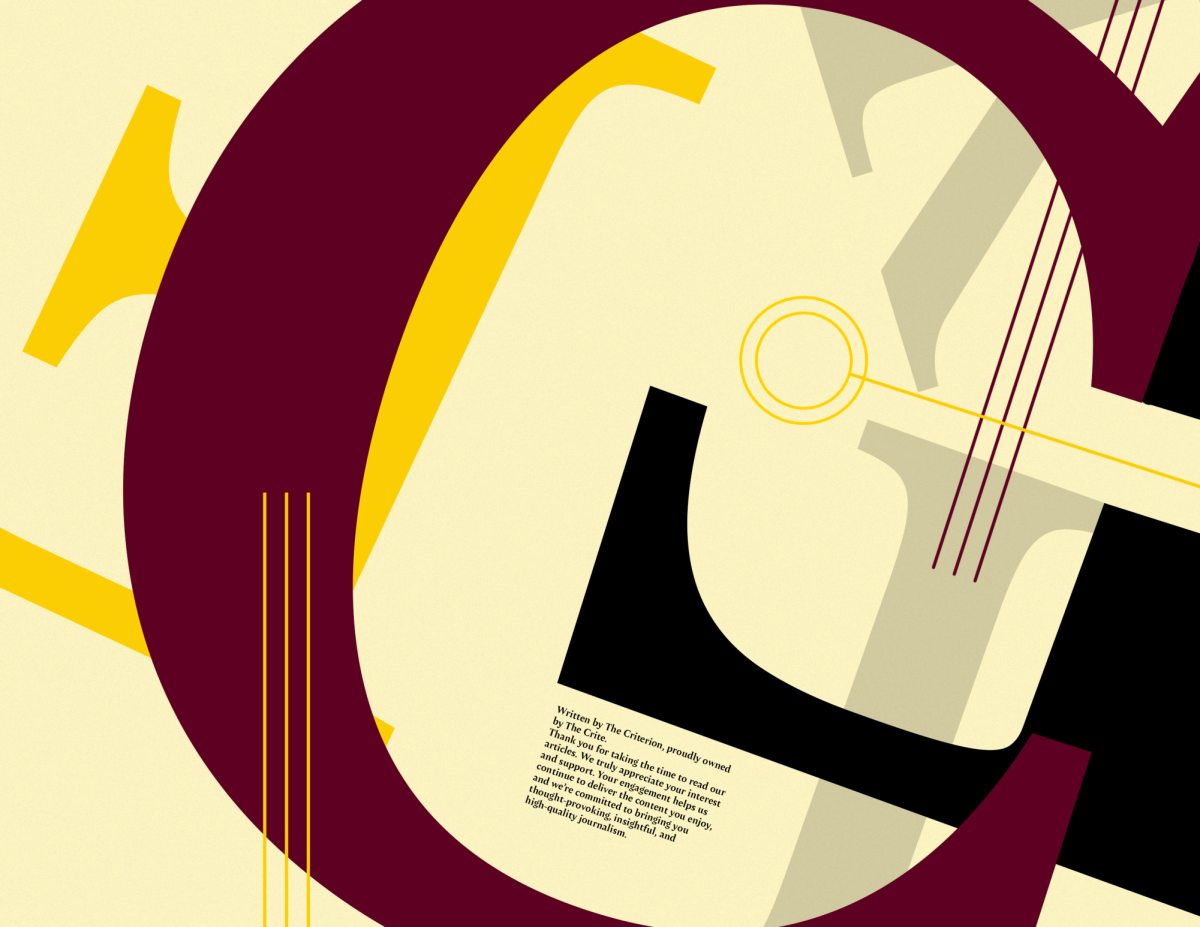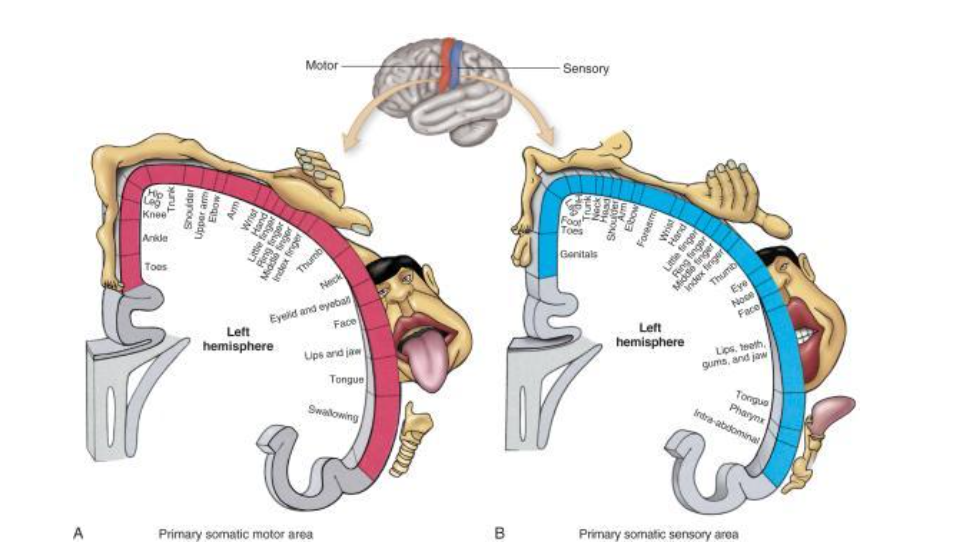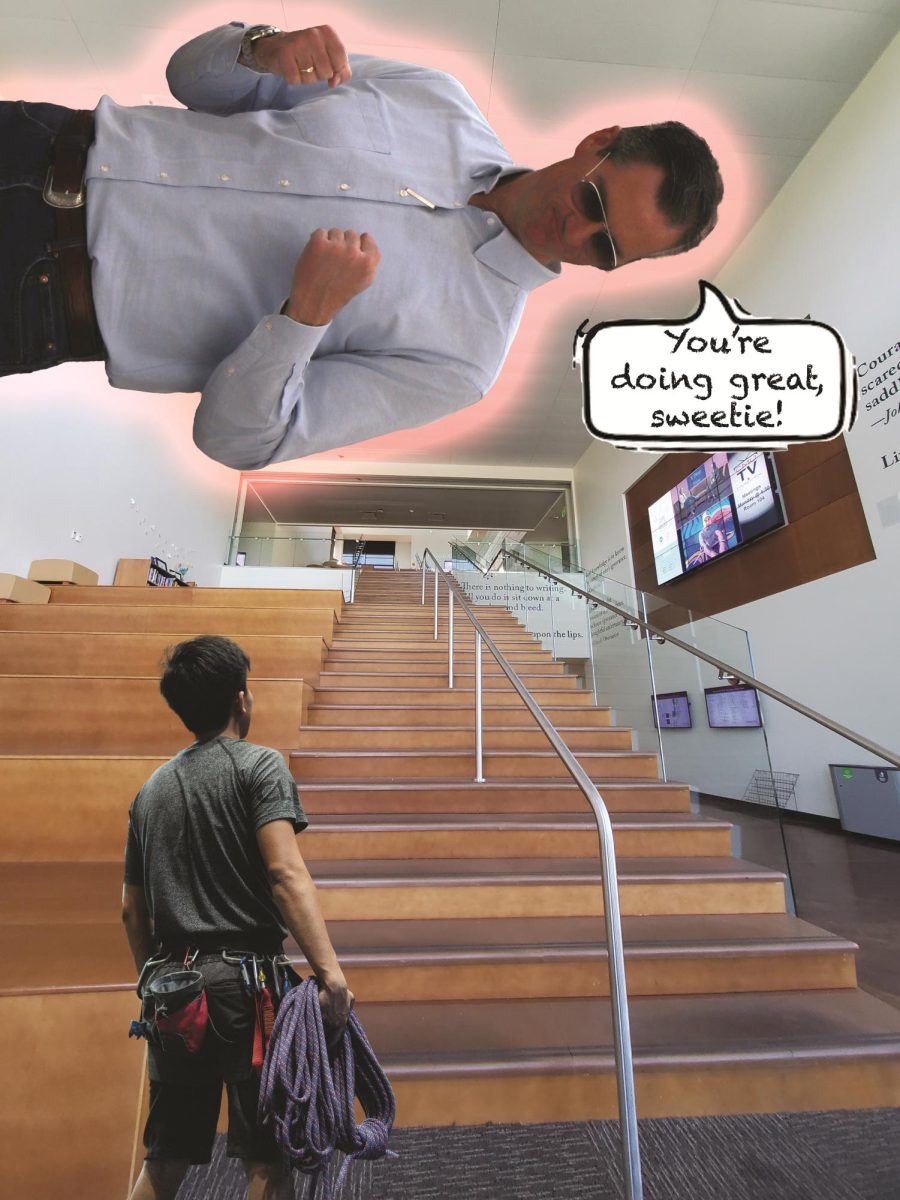This is my second semester living off-campus, and I can say with confidence that it was an amazing decision to move out of the residential halls–the only catch has been getting to class.
Grand Junction and Colorado Mesa University (CMU) are both relatively small, which is usually more of an advantage than a drawback, but as both develop, it feels as if there has been some oversight. One oversight that has become increasingly apparent is how little has been done to accommodate the growing number of commuters that attend CMU.
During the two years that I lived on campus, it was no more than a five-minute walk to class, which is admittedly tough to beat. Once I moved off-campus, I tried my hand at walking to class, but the Colorado desert weather, time constraints and distance proved to be an issue.
I considered using a bike but found that a majority of bicycle commuters experience similar issues and often need to take additional time in order to make repairs on their bikes. Aside from my personal situation, it’s important to realize that many commuters live more than a ten-minute drive away from campus, which translates to a pilgrimage of a walk/bike ride.
So, when I bit the bullet and bought CMU’s $120 commuter parking permit, I foolishly assumed that I had arrived at a solution. Once I began driving to campus, however, I began wondering whether I might be better off walking to class ten minutes late and covered in sweat or snow–depending on the weather.
Specifically, I found that the infrastructure of the roads around CMU was built, and left, without consideration for the thousands of cars that use those roads to turn directly into student parking. Let’s consider the commuter parking lot in front of Bunting Hall, for example:
Any commuter driving westbound on North Avenue towards this lot must turn right onto Cannell Avenue without a turning lane, which puts them at risk of being rear-ended by a distracted driver. As they turn onto Cannell Avenue, any commuter will notice the street is too tight for the amount of traffic, as they will be forced to slow down to one mile per hour in order to squeeze past cars trying to turn left and right onto North Avenue.
Commuters headed towards the same lot from the east might have learned to drive in from N 7th Street because of how the left-turn lane on eastbound North Avenue overflows with commuters that can’t turn without a signal on the busy street.
The naive commuter might instead try their luck with the light at North Avenue between Sugar & Ice and the Circle K by N 10th Street. This is one of the few intersections with a light and a left-turn lane into campus, but students quickly realize that the road was built far too small as students trying to exit and enter the lot often end up playing chicken with their cars.
While these are only a couple of the problems with one commuter lot, it’s demonstrative of the conditions of nearly every commuter lot on campus. In fact, there are few lots I can think of with designated turn lanes and adequate space for two-way traffic.
Of course, I would love to advocate for a sustainable, eco-friendly mindset where all commuters walk and bike to campus, but given the demographic and environment of CMU and Grand Junction, it simply isn’t feasible.
Additionally, I want to note that the street infrastructure is not entirely within CMU’s control, but expanding the roads and paths connected to CMU-owned lots would be a major win for commuters.
At the end of the day, the majority of commuting Mavs drive with respect and safety in mind, which I would say is the only reason such few accidents occur around campus. Yet, it’s essential for the safety and peace of mind of students at CMU that something is done to improve the condition of roads in and around commuter parking lots.








